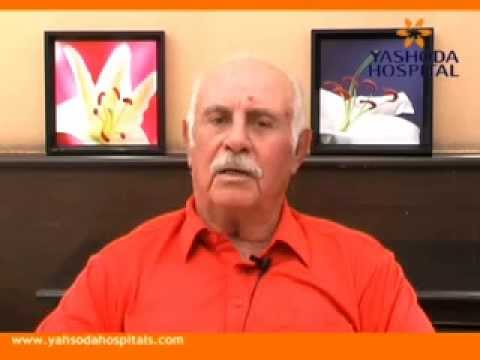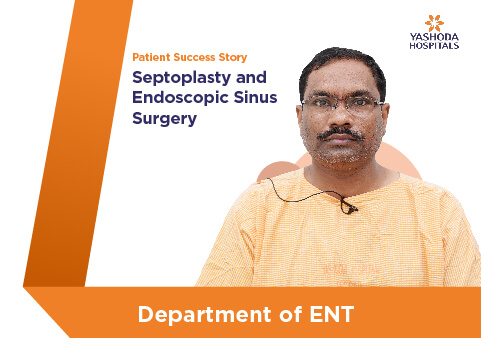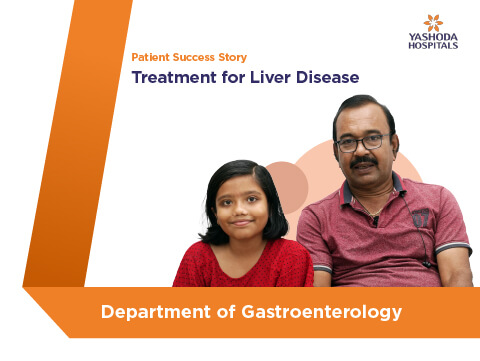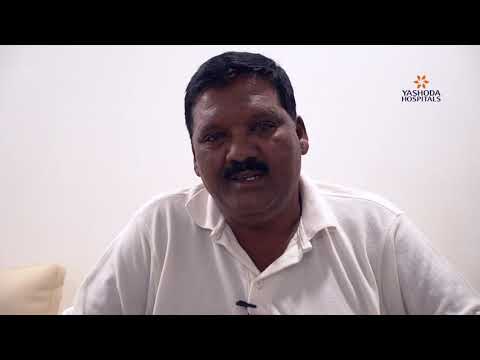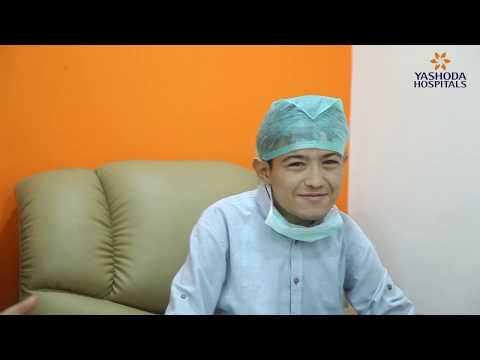- 24/7 Appointment Helpline
- International
- Home
- About
- News
- Locations
- Specialities
- Arthroscopy & Sports Medicine
- General Medicine
- General Surgery
- Pain Management
- Bariatric Surgery
- Gynaecology
- Pediatrics
- Pediatric Surgery
- Cancer (Oncology)
- Radiation Oncology
- Heart & Lung Transplant
- Physiotherapy
- Cardiology
- Hematology & BMT
- Plastic Surgery
- Critical Care
- Interventional Radiology
- Pulmonology
- CT Surgery
- Kidney Transplant
- Radiology
- Dermatology
- Liver Transplant
- Rheumatology
- Emergency Services
- Robotic Science
- Endocrinology
- Multiorgan Transplant
- Spine Surgery
- ENT
- Head & Neck Cancer
- Nephrology
- Neurosciences
- Lung Transplant & Thoracic Surgery
- Medical Gastroenterology
- Surgical Gastroenterology
- Nuclear Medicine
- Urology
- Orthopaedics
- Ophthalmology
- Vascular Surgery
- Pancreas Transplant
- International Patient
- Patient Info
- Blog
- 914045674567 – 24/7 Helpline
- 04066000066 – International
- Home
- Specialities
- Arthroscopy & Sports Medicine
- Bariatric Surgery
- Cancer (Oncology)
- Radiation Oncology
- Cardiology
- Critical Care
- CT Surgery
- Dermatology
- Emergency Services
- Endocrinology
- ENT
- Head & Neck Cancer
- Medical Gastroenterology
- Surgical Gastroenterology
- General Medicine
- General Surgery
- Gynaecology
- Heart & Lung Transplant
- Hematology & BMT
- Interventional Radiology
- Kidney Transplant
- Liver Transplant
- Multiorgan Transplant
- Nephrology
- Neurosciences
- Nuclear Medicine
- Ophthalmology
- Orthopaedics
- Pain Management
- Pediatrics
- Pediatric Surgery
- Physiotherapy
- Plastic Surgery
- Pulmonology
- Radiology
- Rheumatology
- Robotic Science
- Spine Surgery
- Lung Transplant & Thoracic Surgery
- Urology
- Vascular Surgery
- Pancreas Transplantation
- Treatments
- Procedures
- International Patients Info
- Book Doctor Appointment
- Locations
- Health Checks
- Patient Info
- Health Blog
- About Us
- News
- Reports
- Education
- Careers
- Contact Us
-

Book Doctor
Appointment -

Free Medical
Opinion -

Chat on
WhatsApp
Patient Testimonial for Endoscopic Treatment for Chronic Pancreatitis
Testimonial by Mr. Ranjith Kachu
Chronic pancreatitis is a condition in which digestive enzymes that normally empty into the intestine are retained inside the pancreas, causing pain and scarring.
The doctor uses an endoscope with a camera to find the opening in the intestine that connects to the pancreas and bile ducts. He places a catheter to reach the opening and injects contrast dye to enhance the images on X-rays, which helps in identifying the blockages in order to remove them.
He then makes a small incision in the ampulla of Vater (the place where the pancreatic duct and bile duct meet) and inserts surgical tools such as a balloon catheter or a basket to retrieve the blockages. The doctor ends the procedure by placing a stent to relieve the obstruction. For an additional three to four hours, the patient is under observation in the hospital. The patient may feel nauseated or bloated. Although it’s recommended to take a day off, most people are able to get back to their normal routine on the same day. Mr. Ranjith Kachu from Jagityal, underwent Endoscopic Treatment for Chronic Pancreatitis, under the supervision of Dr. B. Ravi Shankar, Consultant Medical Gastroenterologist, Yashoda Hospitals, Hyderabad.
Other Testimonials
Mr. Subhaash & Mrs. Sreedevi

My wife and I were tested positive for COVID-19 and decided to book the Home...
Read more
Mr. Joanis Antonio
I came to Yashoda Hospitals from Tanzania because it was recommended by the...
Read more
Mr. M. Prabhakar
Septoplasty is a surgical procedure used to repair a deviated septum (the bone...
Read more
Ahana Dutta
Ahana Dutta from West Bengal successfully received treatment for Liver Disease...
Read more
Mr. Srinivasulu
The ambiance at Yashoda Hospitals is excellent. The doctor and nurses were very...
Read more
Miss. Deepika Kusuma
Severe pneumonia is a serious infection of the lungs that is characterized by...
Read more
Ms. Shadia
At Yashoda, I never felt like I was away from home. I had a successful spine...
Read more
Mr. Bekhzod Latipov
Renal transplant with bilateral ureteronephrectomy done successfully by best...
Read more
Mr. Ganesh Mori Shetty

I was very pleased with my experience at Yashoda’s Home Quarantine Care. It...
Read more
Mrs. B. Manemma
Breast cancer is a type of cancer that develops in the breast tissue. It is the...








